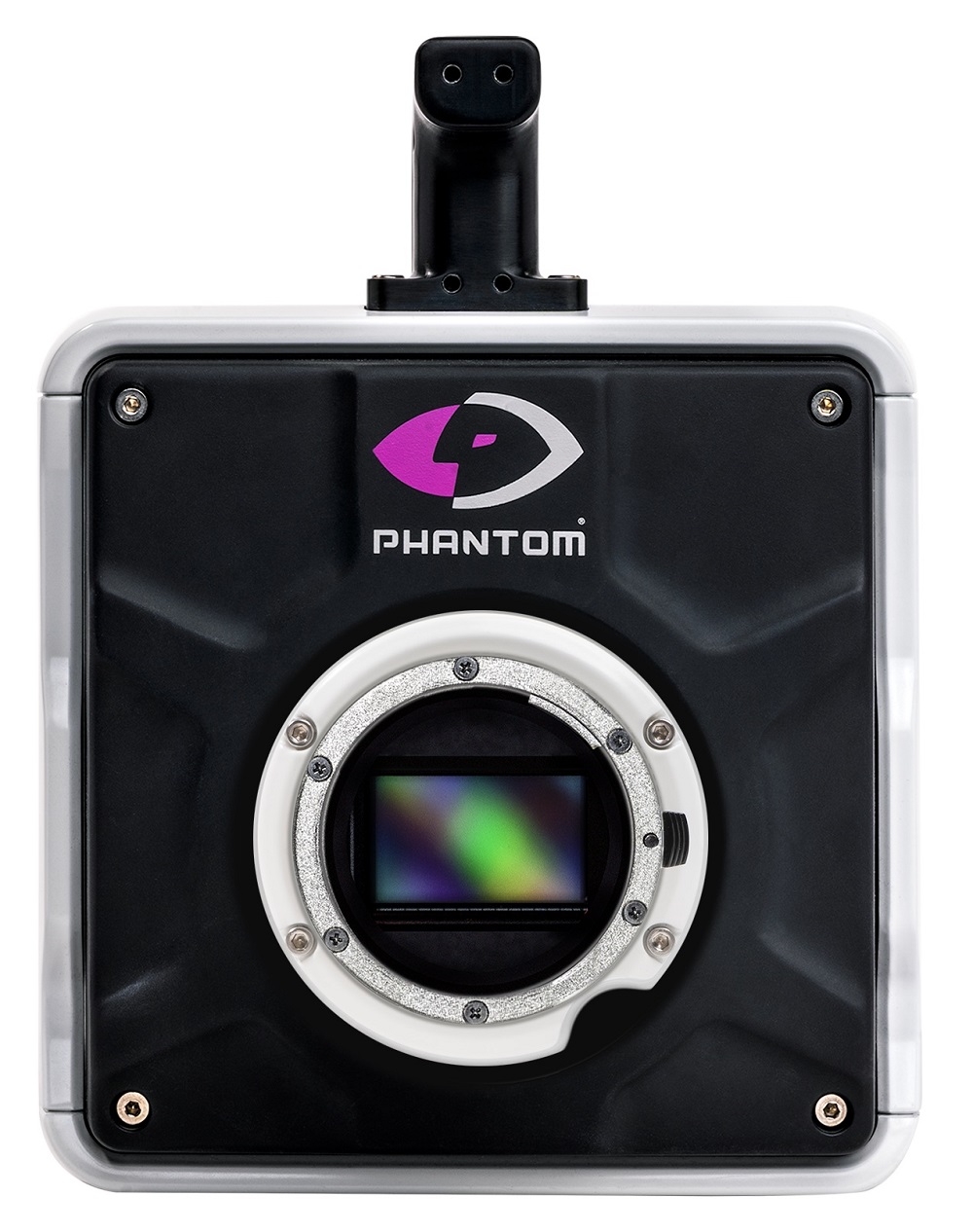Vision Research, manufacturer of Phantom high-speed cameras, has made a major update to its published product specifications. By incorporating EMVA 1288 testing standards to measure sensor characteristics, a scientific overview of image performance is now available. This further enables users to choose the best camera for their challenging applications.
EMVA 1288 has long seen use in measuring the performance of machine vision cameras, but Vision Research is the first manufacturer to apply it to RAM-based high-speed cameras.
As a result of providing EMVA 1288 report summaries, Vision Research will no longer be including ISO 12232 measurements for its products moving forward. ISO 12232 has been used by high-speed camera manufacturers to indicate sensitivity; however, it has limited usefulness in practice. Significant indicators of image quality are not included, particularly when it comes to capturing images with high contrast and in low-light situations.
Kevin Gann, VP of R&D at Vision Research, explains: “We’ve always had a strong focus on image quality and EMVA 1288 provides a deep understanding about how a camera will perform in a particular application. It also provides consistency when comparing cameras and includes data about the imaging trade-offs inherent in the sensor design. As the leaders in high-speed imaging, we felt incumbent to implement these measurements across our primary product lines so that our customers can truly understand their camera’s image performance.”
Quantum efficiency, temporal dark noise, dynamic range and absolute sensitivity threshold are among the parameters specified in an EMVA 1288 report. Referencing these in addition to pixel size, resolution and throughput provides the information necessary to compare cameras in terms of image response.
For further information www.phantomhighspeed.com















